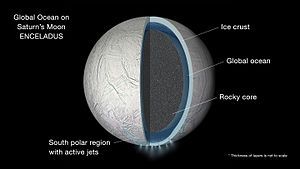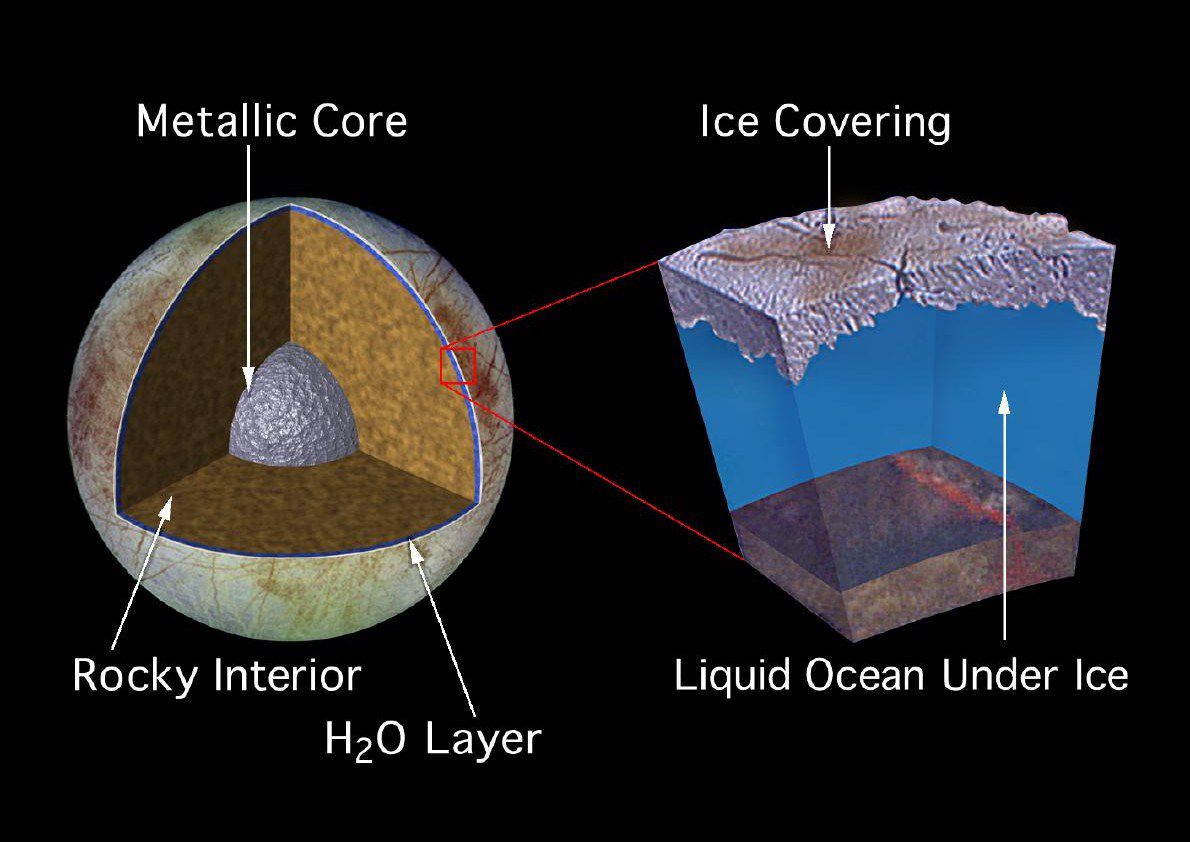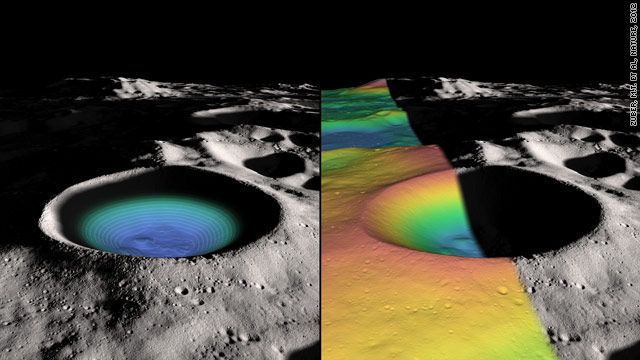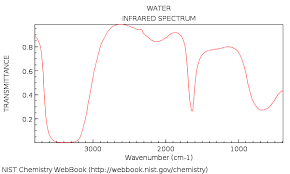Extraterrestrial Life
Extraterrestrial Life
Currently, the only known life exists on our planet Earth. There is a lot of speculation as to how life got started here but little evidence is available to prove any of these genesis theories.
Just where might we find life in space?
That's a great question. If we limit this discussion to our own solar system, the possibilities may be limited, but they are fascinating nonetheless.
First thing to hunt for is water. There are several elements on a list of things necessary for life to begin and thrive, and water is the most important on that list. Without it, life is probably impossible, at least for life as we know it.
So where is water in our solar system?
It turns out that water is very common throughout the solar system and the universe for that matter. Water is composed of hydrogen and oxygen, and these are two of the most common elements in the universe. Most of the early universe was comprised of hydrogen. Oxygen is created by fusion in large stars. It's a main result of the fusion of hydrogen into helium in the cores of stars that are at least 1.3 times the mass of our sun. The most common fusion reaction is proton-proton chain reaction. That's what our sun uses to create helium. The CNO (Carbon, Nitrogen, Oxygen) cycle is where four protons combine using nitrogen, carbon and oxygen catalysis to create an alpha particle, two positrons and two electron neutrinos. This oxygen, which is created at the end of the CNO cycle, is released with nitrogen, carbon and hydrogen when these more massive stars go supernova. These are the elements that are essential to create life.
So, where's the water?

Let me count the places! Europa, Callisto, Ganymede, Titan, Enceladus, Rhea, Titania, Oberon, Triton, and Pluto. Then there is Mars, Venus, Ceres and many asteroids, and comets.
In the case of the moons of Jupiter and Saturn like Europa and Enceladus, it's known that they are geologically active but are not spouting lava. Instead, they are blowing out water vapor from large oceans below their icy surfaces. These oceans are not frozen because of the tidal action of the large planets they orbit, which by gravity cause the moons to flex, resulting in heat.

Titan, although it's very cold and contains oceans of liquid methane, may contain water that could be heated by thermo springs.
Ceres, the largest asteroid in the asteroid belt, is thought to contain an ocean of liquid water under its icy surface. It's also believed that many of the asteroids have copious quantities of water and may have been responsible for Earth's oceans during the Late Heavy bombardment cycle.
Of course, comets are known to be mostly dirty snowballs. They have huge amounts of water.
Mars does have water as ice in its polar regions. It's also thought that water exists under the surface of Mars in the form of highly saline sludge. This is yet to be proven. However, it is known that Mars was once a world with liquid surface water. Not all of this water was lost to space.

Even the moon has water. There are large craters in the southern polar region with huge amounts of water frozen from the early stages of the moon's creation. This water stays frozen because the locations are perpetually shadowed. This same thing could be possible on Mercury because one side always faces away from the sun and is perpetually cold.
Even Venus, the runaway global warming planet that is hotter than hell, has water vapor in its atmosphere.
So, water is everywhere. But, how do astronomers detect water?

Water has a huge absorption peak in the 2000 to 3000 MHz range, which makes it easy to see in the infrared part of the spectrum. Water also shows up in microwave spectroscopy. The main way that astronomers detect water is by looking for vapor plumes. This is how they discovered water on Enceladus and Europa. Ice, of course, has a very high reflectivity. That's why it's easy to spot asteroids and dwarf planets that are covered by ice. It's the reason that Pluto was discovered in the Kuiper belt so long ago. Its surface is mostly ice.
However, water is only one element in the creation of life. The other main things to look for are organic carbon based compounds. The Mars Rover Curiosity has discovered organic compounds on Mars. Infrared spectra of objects like nebula in space have enabled astronomers to detect organic compounds. Some of these are rather complicated aromatic organic compounds, like amino acids, the building blocks of proteins. It's obvious that some of these compounds are produced in stars.
None of this is actual proof of life beyond Earth, but it certainly points to the possibility that life will be found out there.
Thanks for reading.
Bạn đang đọc truyện trên: Truyen247.Pro